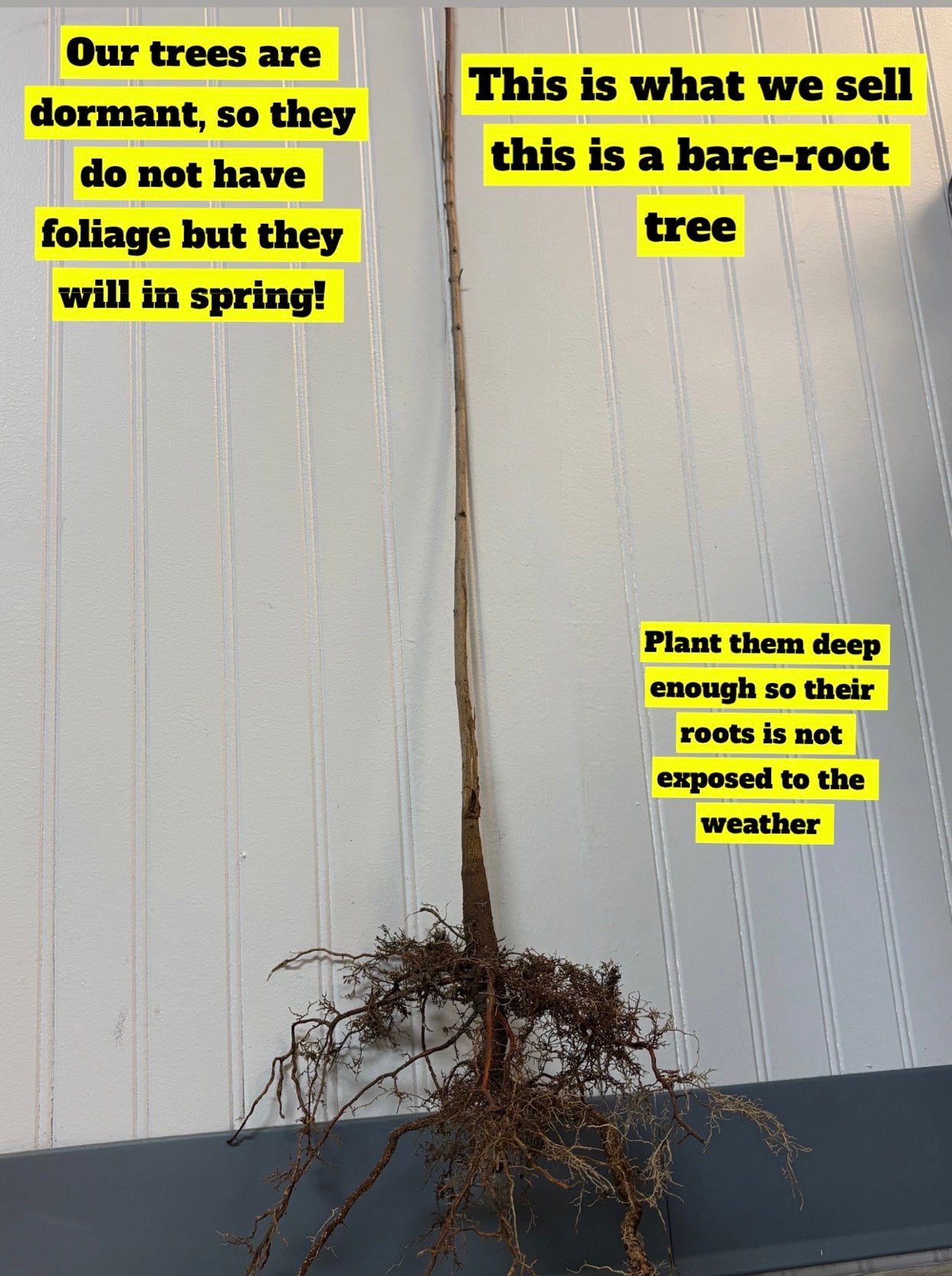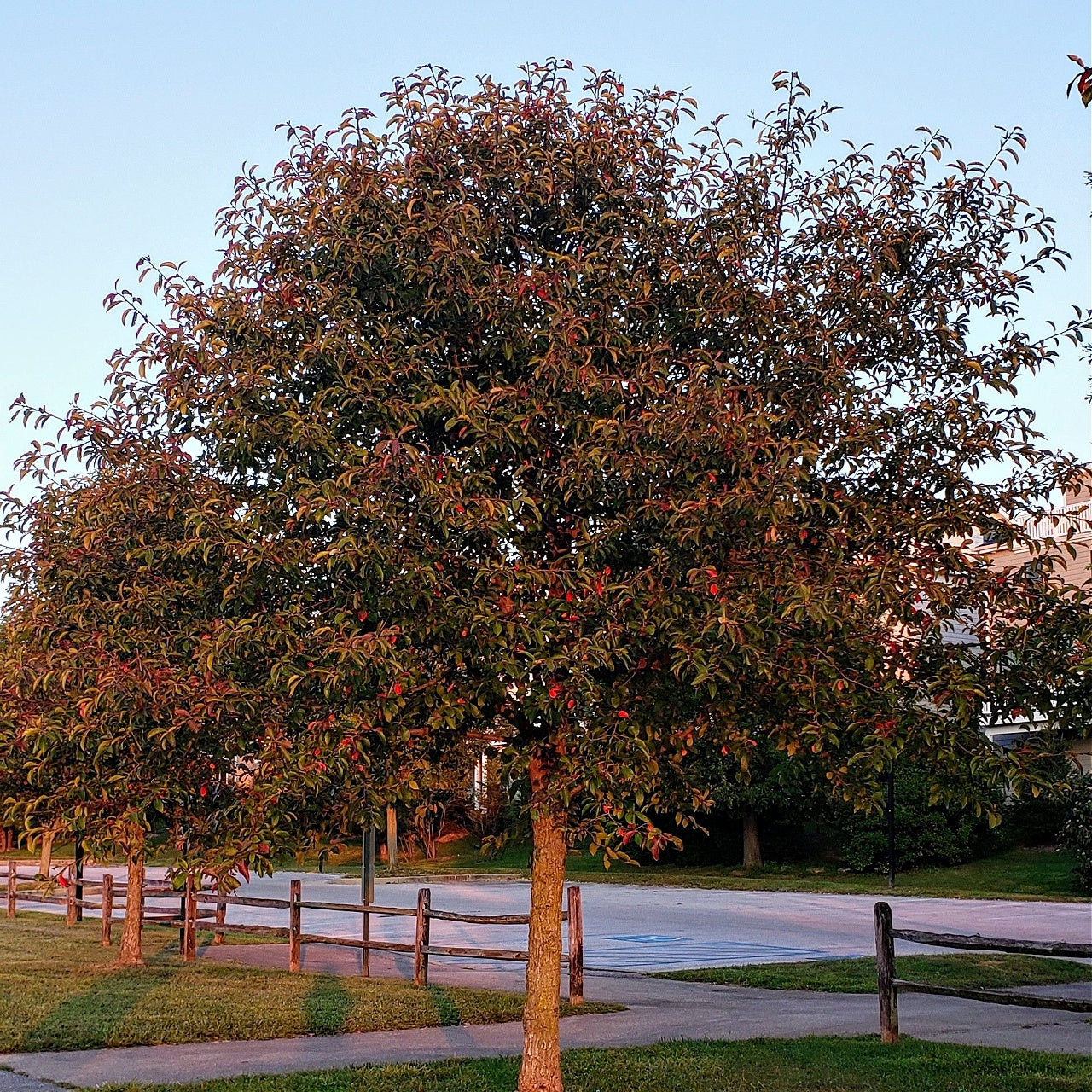
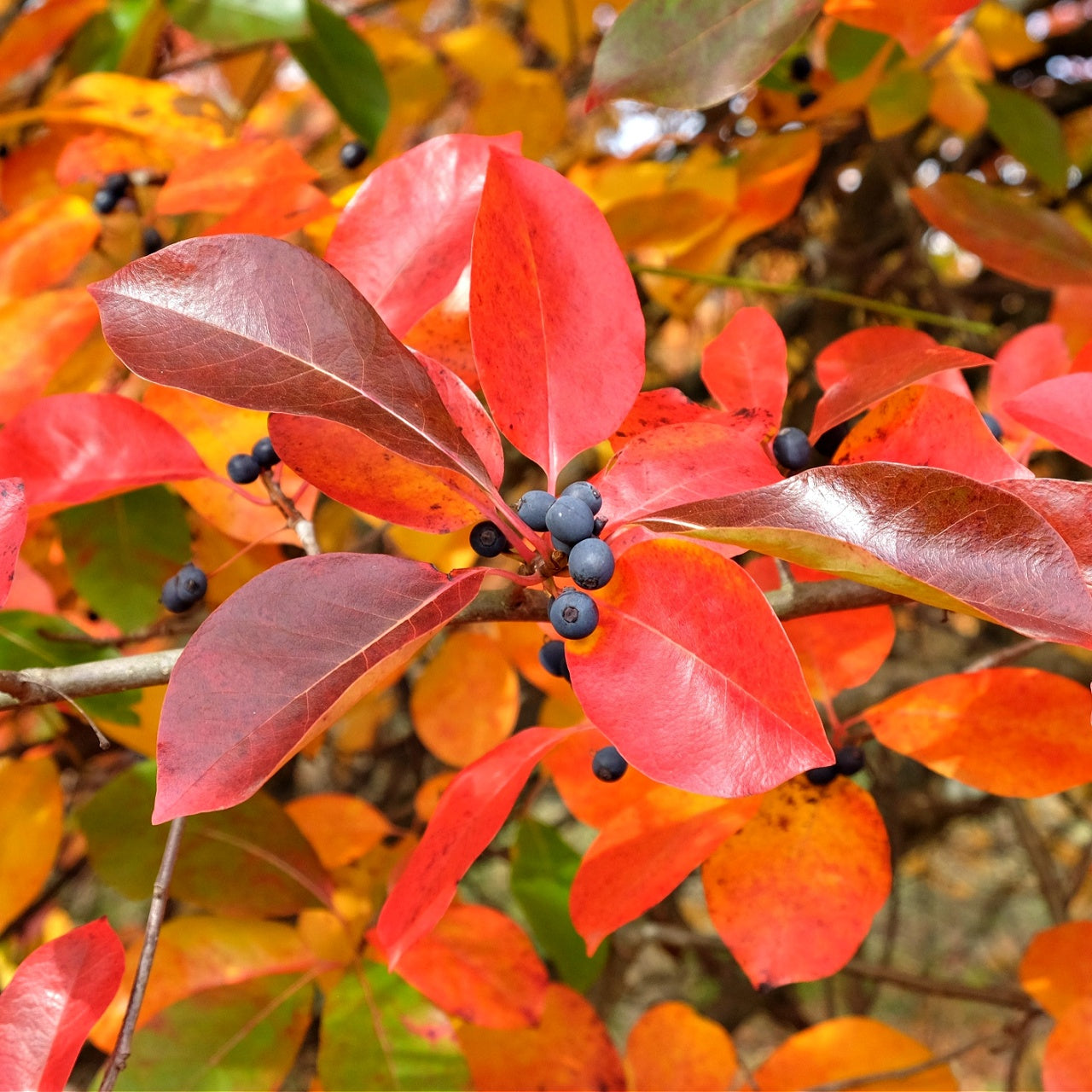
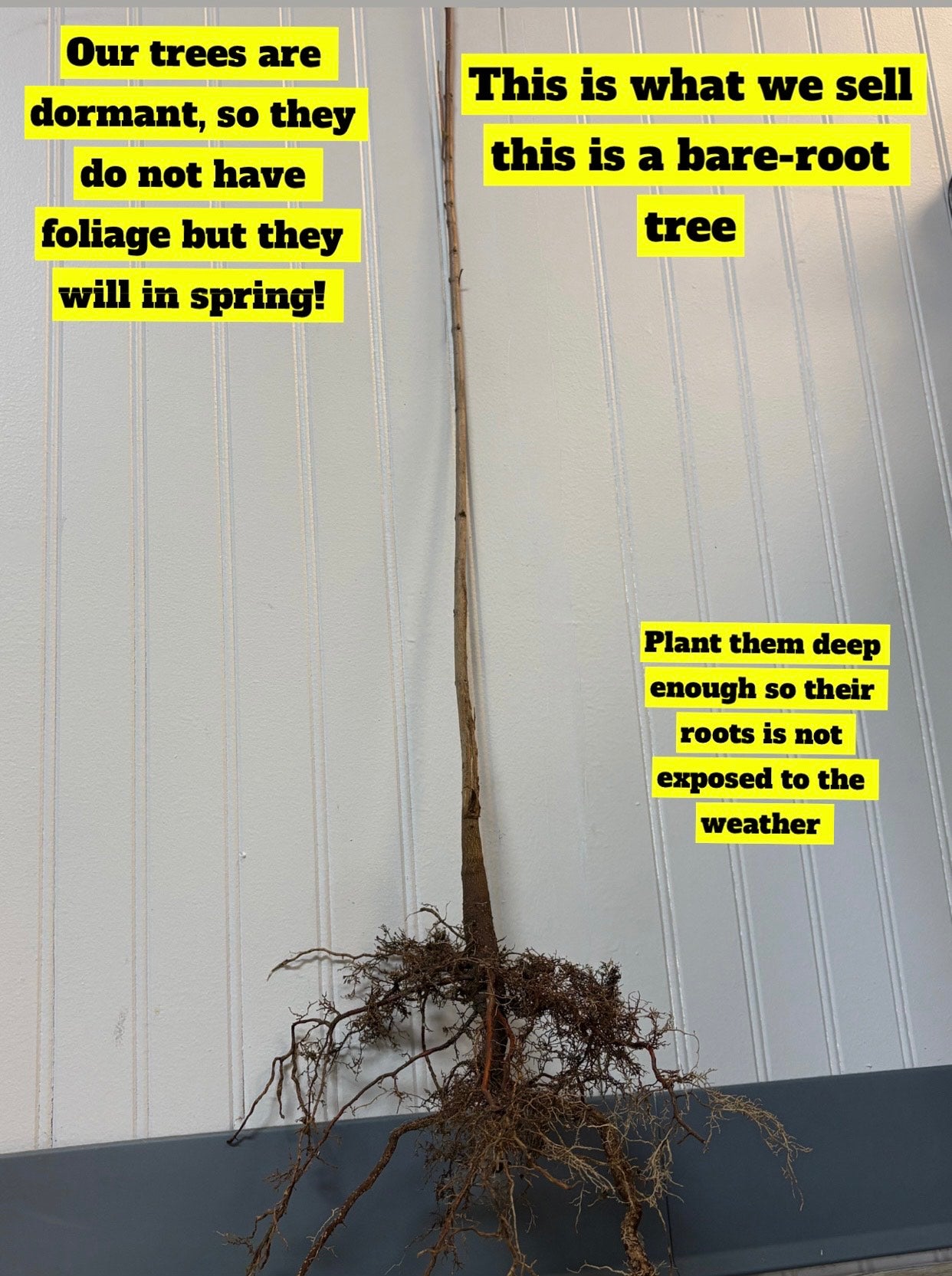
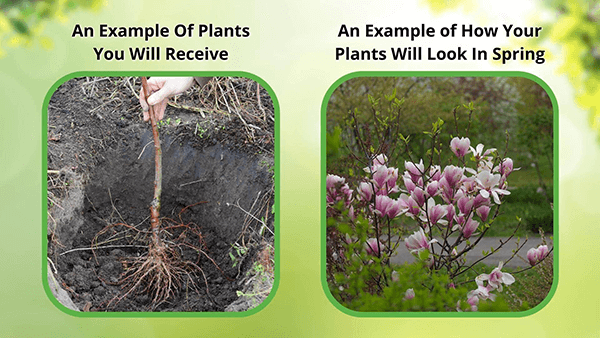
Removes & Absorbs Toxins
Improves Air Quality
Low maintenance & easy to grow
Buy Black Gum Trees Online
Black Gum Trees are found chiefly in U.S.D.A. zones 4-9 and are prized for their summer and fall color. The most distinctive hue is intensely red, with orange, yellow, and purple shades emerging in September.
Black Gum Trees Do Great In Wetlands
The scientific name for this tree is Nyssa sylvatica. It often grows in wet areas; “Nyssa” is derived from the Greek water nymph. In its native environment, it thrives along streams, swamps, and upland areas. Despite its preference for moist locations, it can also adapt to drier regions with proper care and develop drought resistance.
This Tree Matures In Height and Spread
These Trees have a pyramidal shape and form an oval or conical crown as they mature. They can reach 30 to 50 feet in height with a spread of 20 to 30 feet. They typically take 12 to 15 years to reach maturity, though growth can be accelerated with fertilizer and irrigation after testing the soil for proper nutrient balance.
Ornamental Features
This tree is highly ornamental, especially in summer and fall. It has alternately arranged, long, dark green, glossy leaves about 3 inches in length, which turn vibrant shades in autumn. The deeply ridged bark resembles alligator skin. Small greenish-white flowers appear between April and May, producing blue-black fruit enjoyed by birds. The tree is polygamo-dioecious, with male and female flowers on different trees, and only a few with both flower types.
Soil Type Preferred
These Trees thrive in acidic, well-drained soils with medium moisture. They perform well in wet areas but are also drought-tolerant, making them versatile for different landscapes. They can be planted as a single specimen or in groups. In group plantings, their yellow, orange, and purple fall colors create a spectacular display. They can also serve as street trees in less populated areas.
You're looking at one of the best native trees in the eastern united states: this Tree. You might know it by its nicknames, like sour gum or black tupelo, which is where the name black gum nyssa comes from. It grows into one of those spectacular large trees—it usually has a very straight trunk—and it offers amazing nesting sites for local wildlife. The flowers are fascinating; they produce perfect flowers that attract bees, which is why we get the prized tupelo honey from it. You don't even have to worry about if it’s a male and female tree for the color; in autumn, the foliage is guaranteed to turn bright scarlet, giving you that amazing, bold red fall color. The Black Gum Tree is just a stunning, adaptable choice for any serious landscape.
This Is How Your Plants Will Look upon Delivery
Bloom Season
Shipping date depends on the date displayed and chosen when you order from the product's page.
We do not offer warranties on products after 5 days past receiving your plants.
Our Blogs
By signing up, you agree with our privacy policy.





